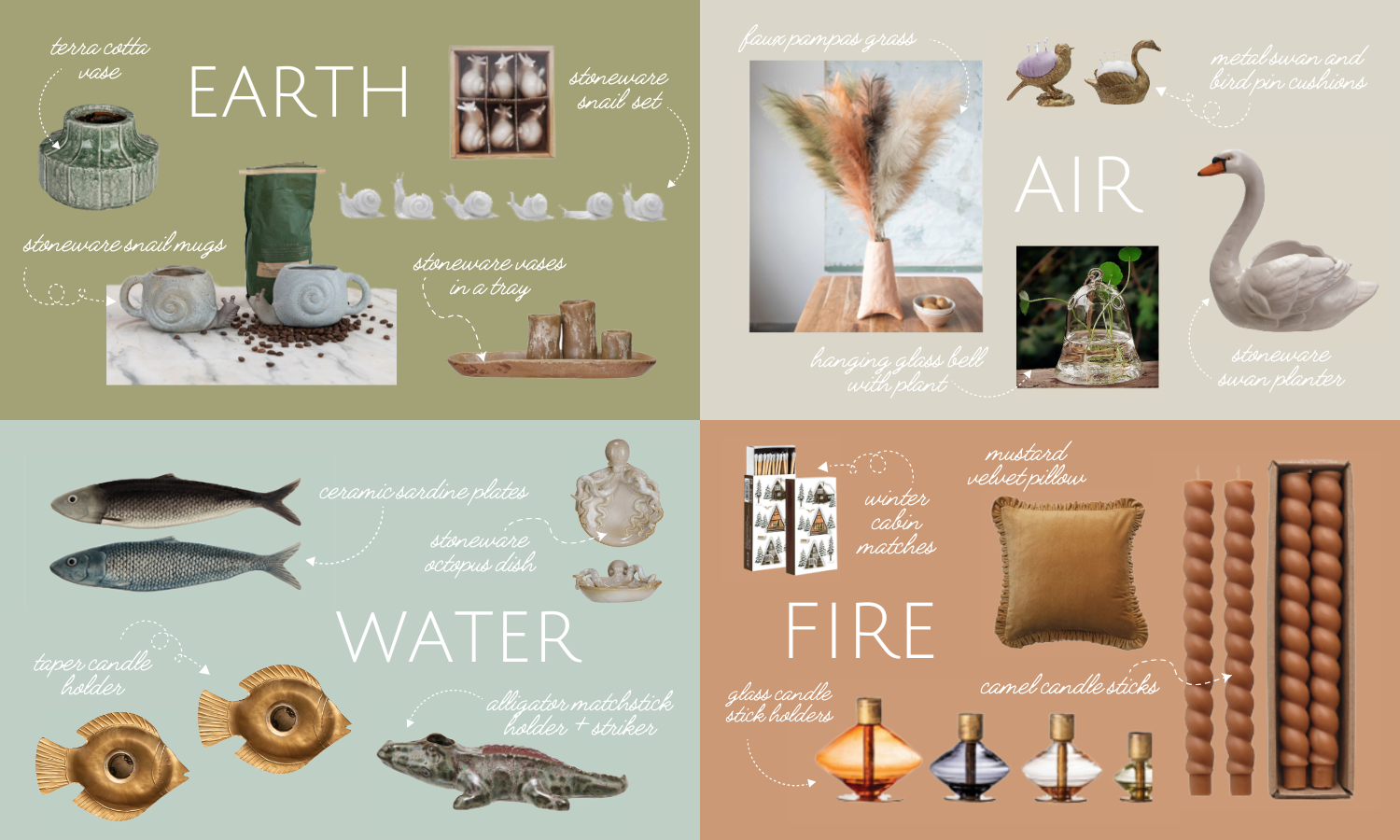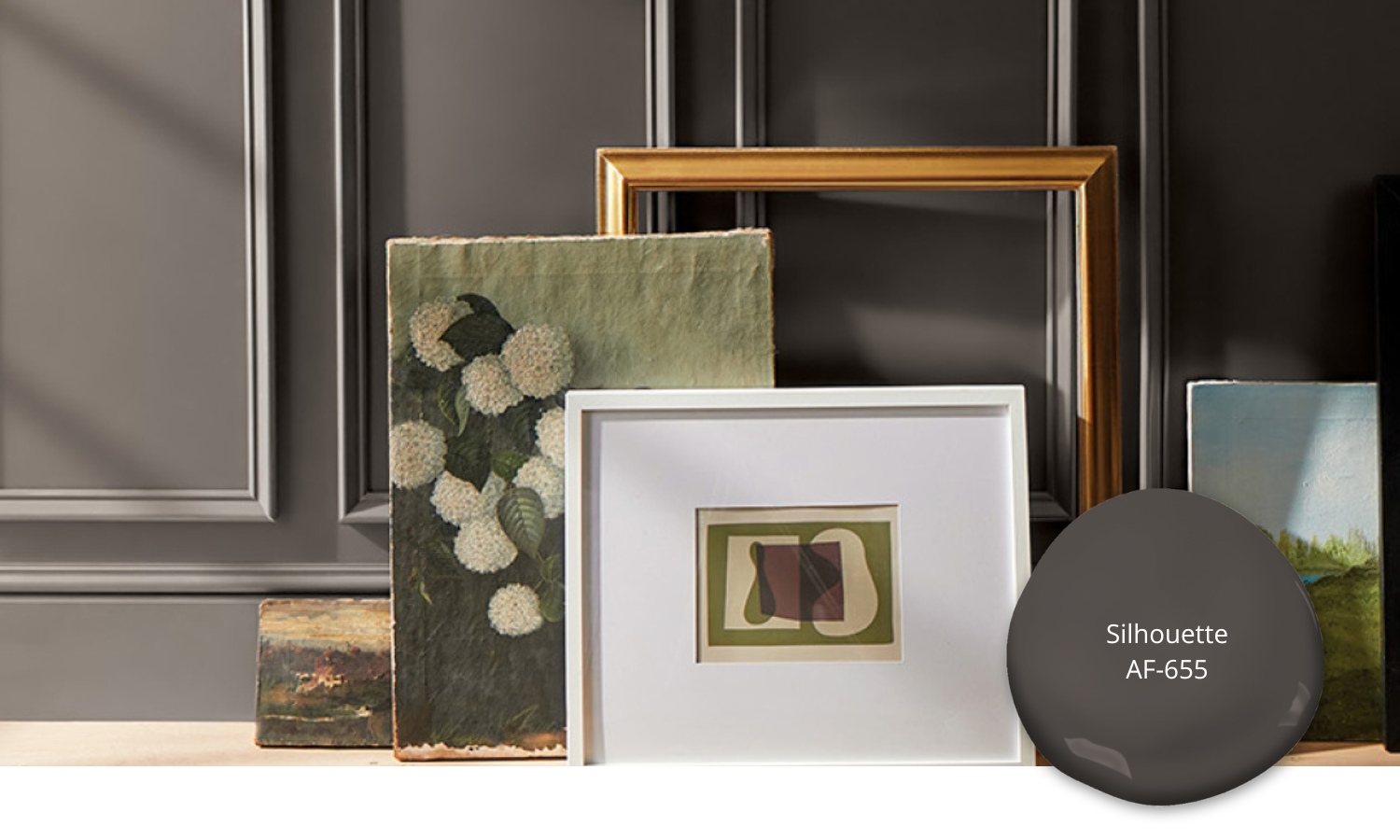
No matter where you live, no matter where you grew up, and no matter your background, the chances are good that if asked to describe some of the quintessential style elements in a traditional North American ‘camp’ style summer retreat, you’ll come up with a list of items that matches those of people from across North America. And topping that list very often is the ever-popular Adirondack chair.
Defined by its simplicity, durability and relaxed comfort, this particular style of chair - and indeed, the overall style that it represents - is a product of the late nineteenth century design revolution. Supplanting the highly ornate and often fussy styles of the Victorian era, the Arts and Crafts movement swept across the pond from Europe like a breath of fresh air into the homes of North America, relaxing the way that people approached both their architecture and furnishings. In this particular battle of the ongoing design wars, function trumped form as furniture makers began producing the beautiful wooden chairs, benches, tables, and beds that exemplify the Craftsman design principles. And so it’s not surprising that after a century, the Adirondack chair - the era’s poster child - is still one of the most sought-after pieces of furniture in North America.
The original Adirondack chair was originally conceived in 1903 by Thomas Lee, who owned a summer home in the cottage country of Westport, New York. In need of furniture for his patio, he began dreaming up a design for outdoor chairs that would provide his family with comfort and ease during their holidays. Various prototypes were created and tested in his attempts to perfect his design; after a number of attempts, he eventually settled on a deeply-angled, low-seated and spacious chair constructed of eleven pieces of wood cut from a single board. Of particular note were the wide armrests, which served double duty as a table top - a design element still embraced today as a perfect place for resting a tall, cool glass of lemonade on a hot summer afternoon.
It’s entirely possible that these generous and comfortable chairs would have been reserved purely for the Lee family's enjoyment had fate (and Mr. Lee) not brought them to the attention of his friend Harry Bunnell. The carpenter was looking for a new revenue stream to sustain his business in the cold East Coast winters and recognized the appeal that the chairs might have to his Westport clientele. In a move that to this day still gives intellectual property lawyers chest pain, Mr. Lee loaned his friend the plans to his chair. Bunnell quickly began producing the chairs, which he christened the Westport Plank chair; in 1905, apparently without asking Lee's permission, Bunnell filed for and received U.S. patent #794,777. While the true details of the story are murky, it’s safe to suggest that the old friends never chilled on the patio together again.
Constructed in hemlock and basswood, Bunnell’s Westport chairs were painted a deep green or medium dark brown and individually signed by him. Over the span of the twenty years that he manufactured them, the wide appeal of the chairs led to other furniture makers creating similar chairs of their own; over time, the entire genre of the low-seated, slat-backed, slanted chairs came to be called Adirondack chairs, after the Adirondack mountain range in which Westport is located.
The final significant modifications to the Adirondack chair that we are used to seeing today were made by Irving Wolpin in 1938. While Wolpin's rounding of the back of the chair created the definitive signature look of the modern Adirondack, it’s perhaps his comfortable contouring of the wooden seat that has guaranteed the chair’s ongoing popularity.
Today, the Adirondack chair is synonymous with times and places of respite. They are extremely popular for use as beach furniture, mountain cabin furniture and, like the original, rustic lakeside seating. Available in a variety of woods, including cedar, redwood and maple, they can easily be stained or left to weather naturally. However, most wooden versions are still painted, though in a vastly expanded palette from Bunnell’s original options. Modern technology has also delivered lighter, stackable and inexpensive versions, produced from recycled plastics and metals and widely available in almost every marketplace. While contemporary furniture makers take some liberties with modified seat heights or exaggerated curves, the styles should always feature the swayed back that Thomas Lee originally designed to better accommodate the irregular land levels of mountain landscape. And while some may enjoy adding seat cushions to their Adirondack chairs, a well-made example should be perfectly comfortable as is.
Hitting up the antique fairs or flea markets this summer? Keep your eyes open for one of Harry Bunnell's original Westport chairs; identifying its authenticity is made simpler by the fact that each original Westport chair is stamped with the patent date and the words ‘H. C. Bunnell’ across the backrest. A Westport chair, in fair condition with the original rusty-brown or green stain, can be worth multiple thousands in today's antiques market… and that can keep you sitting pretty all summer long.
Leave a comment (all fields required)
Comments will be approved before showing up.



